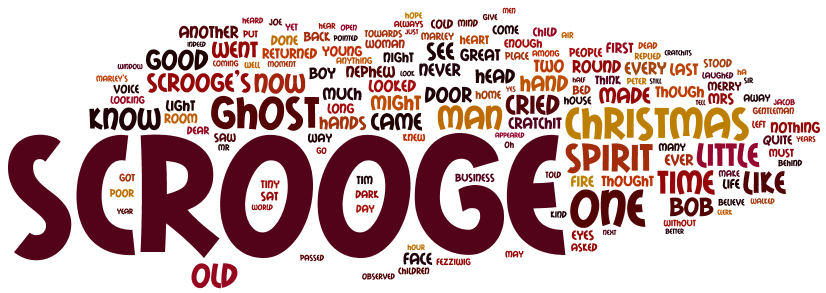In December, 2014, I posted the following article. Due to the interest I received, I thought I would repost it for those who are new to my blog.
Was Scrooge a great leader? I am not so sure we can say that. However, there are some great leadership lessons we can learn from him. At this Christmas holiday, I wanted to share some thoughts about leadership and the Christmas season. While researching for this post, I found something that I think you, the leader, would enjoy.
In his blog, “Words and Looks: Leadership Lessons from A Christmas Carol,” David Hurst looks at some leadership lessons we can draw from this great story, A Christmas Carol.
Hurst states that A Christmas Carol is the story of personal renewal, of the conversion of “a grasping, joyless taskmaster into a public benefactor and caring friend. Dickens also outlines a process of change, which many modern organizations might try to follow. Indeed, as a story of personal and organizational transformation, it reports results that would delight any change consultant. Of course Scrooge had three consultants…”
He goes on to write that Scrooge’s transformation begins in crisis, with the disturbing appearance of the ghost of his former partner, Joseph Marley, seven years after his death. “It seems that real change often demands a crisis – a manifest failure of the status quo – to smash the constraints, imagined or real, that bind people and their organizations.” Scrooge, being shaken out of his comfortable routine and his self-assurance, is prepared for the visions to be shown him of the Past, Present and Future. “For change in behavior takes experience, not just exposure to ideas, and Scrooge has to be immersed in each of these dimensions of time if he is to be changed. He must relive the past, truly experience the present and anticipate the future.”

